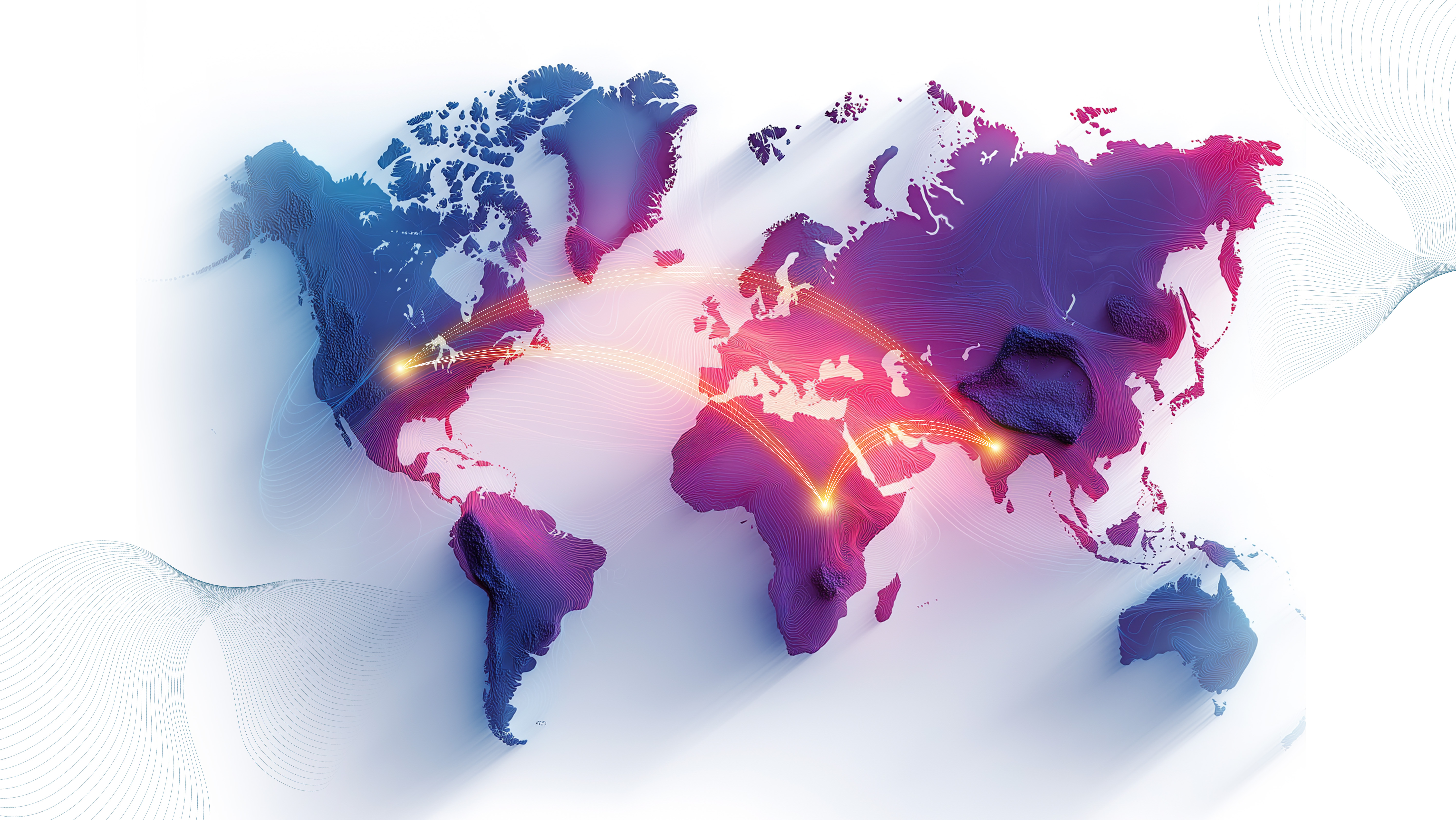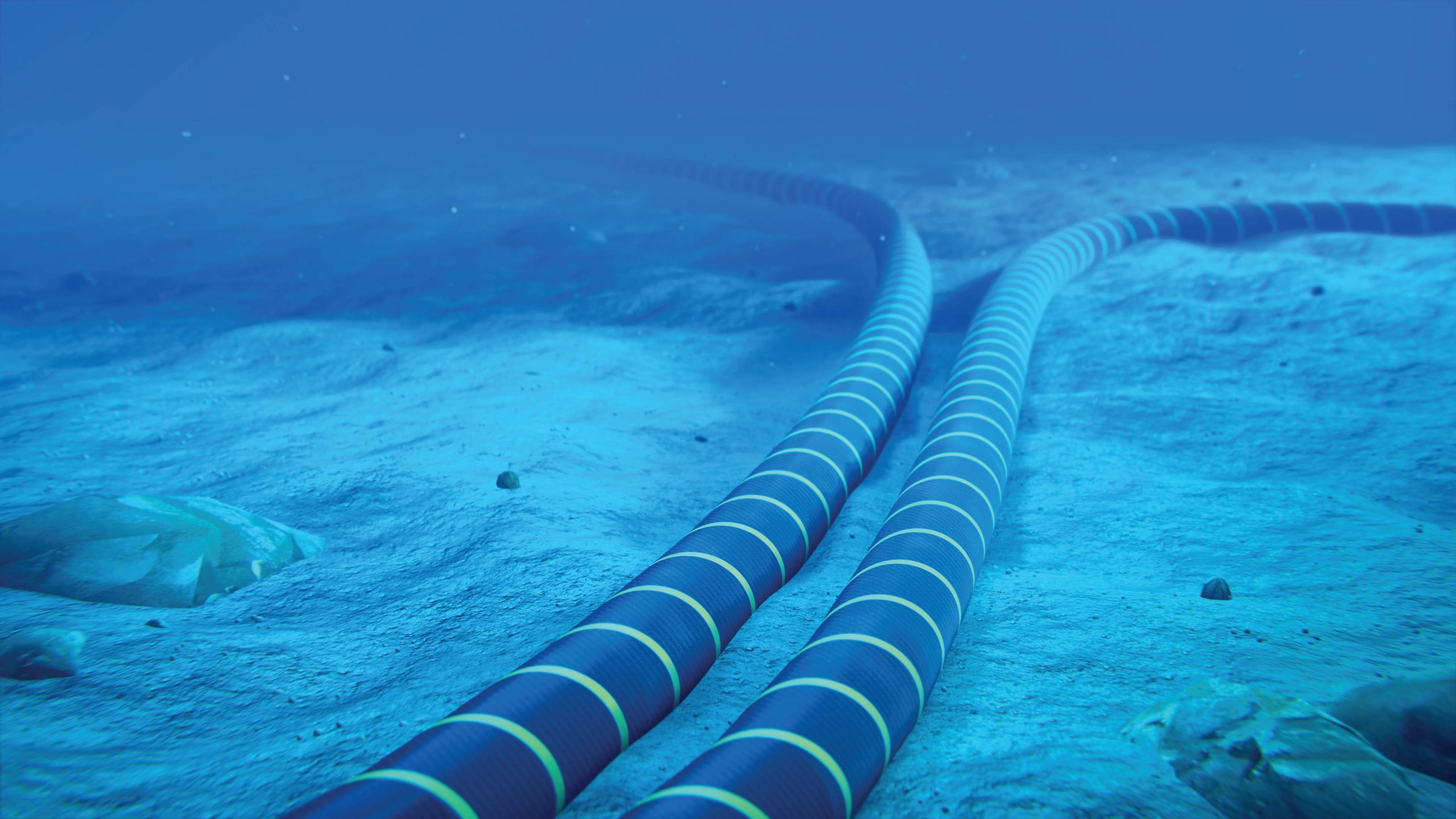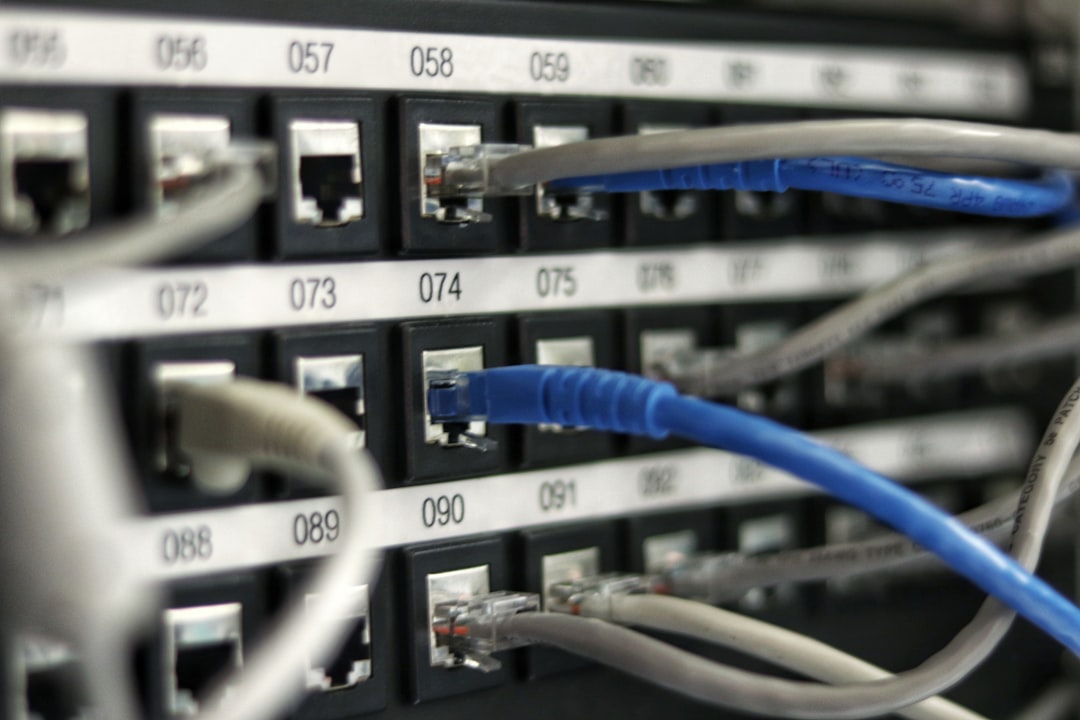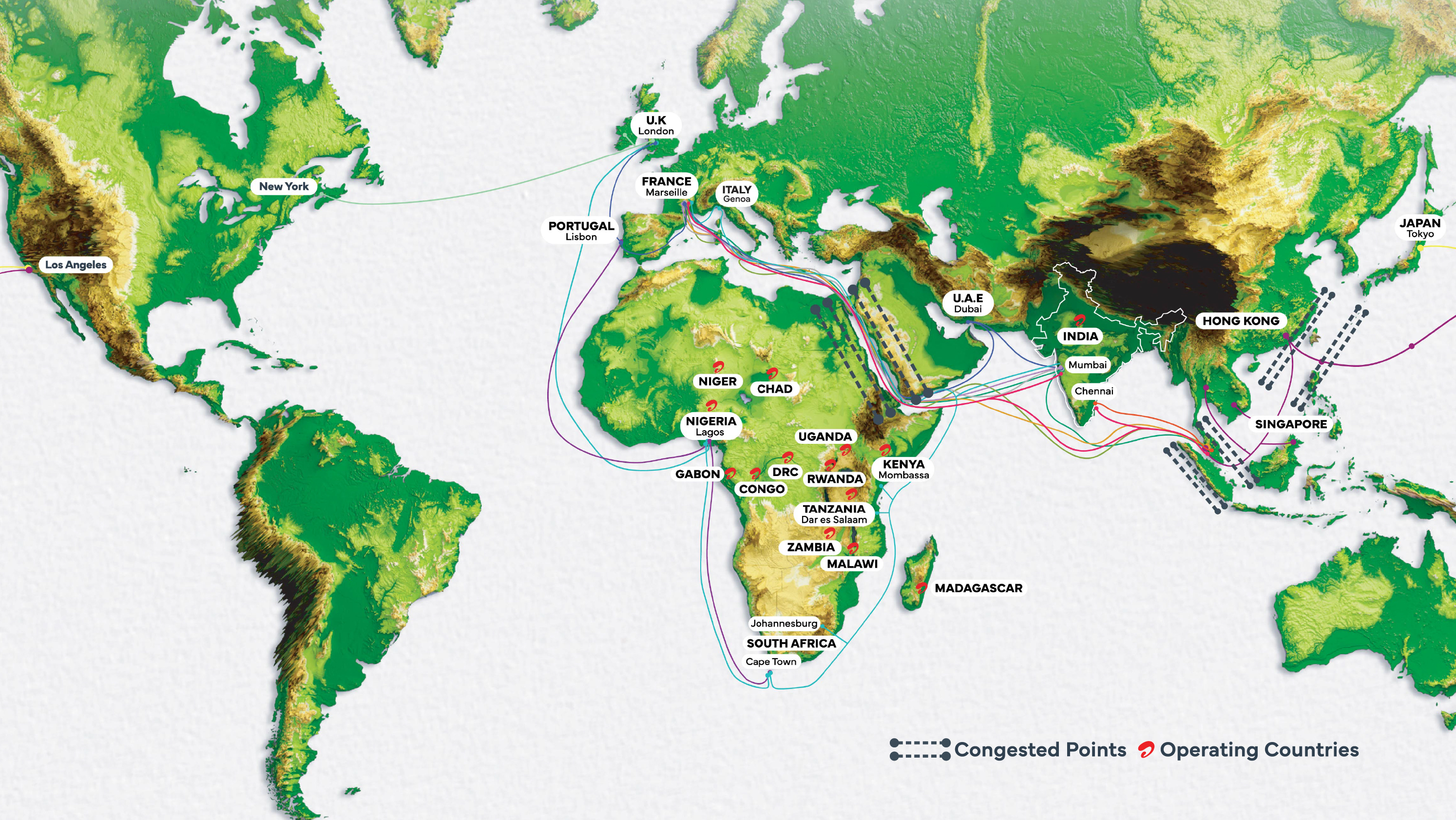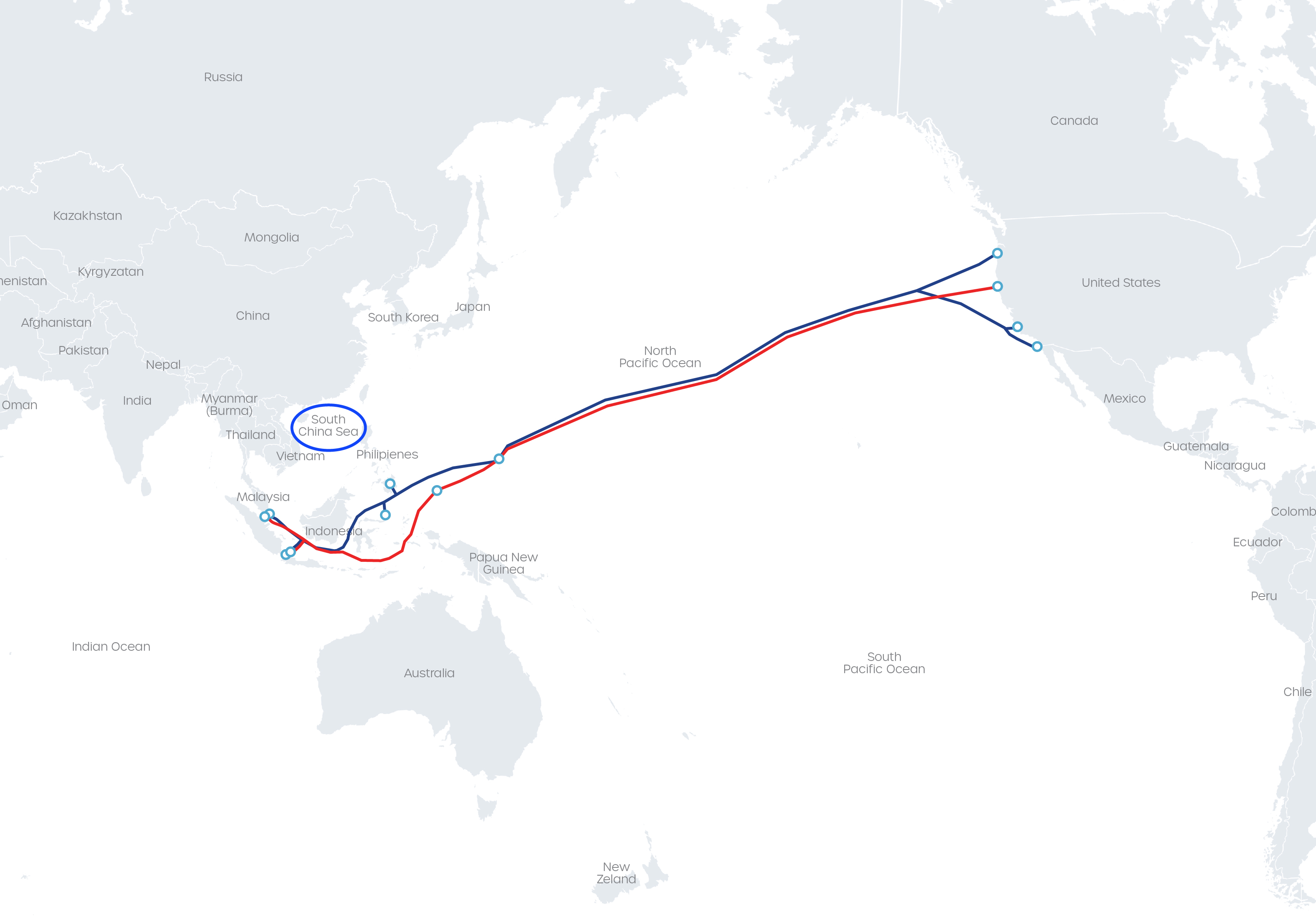The Connectivity Challenge in Africa: Overcoming Infrastructure Gaps for your Africa Expansion Strategy
-
April 4, 2025
-
5 min read
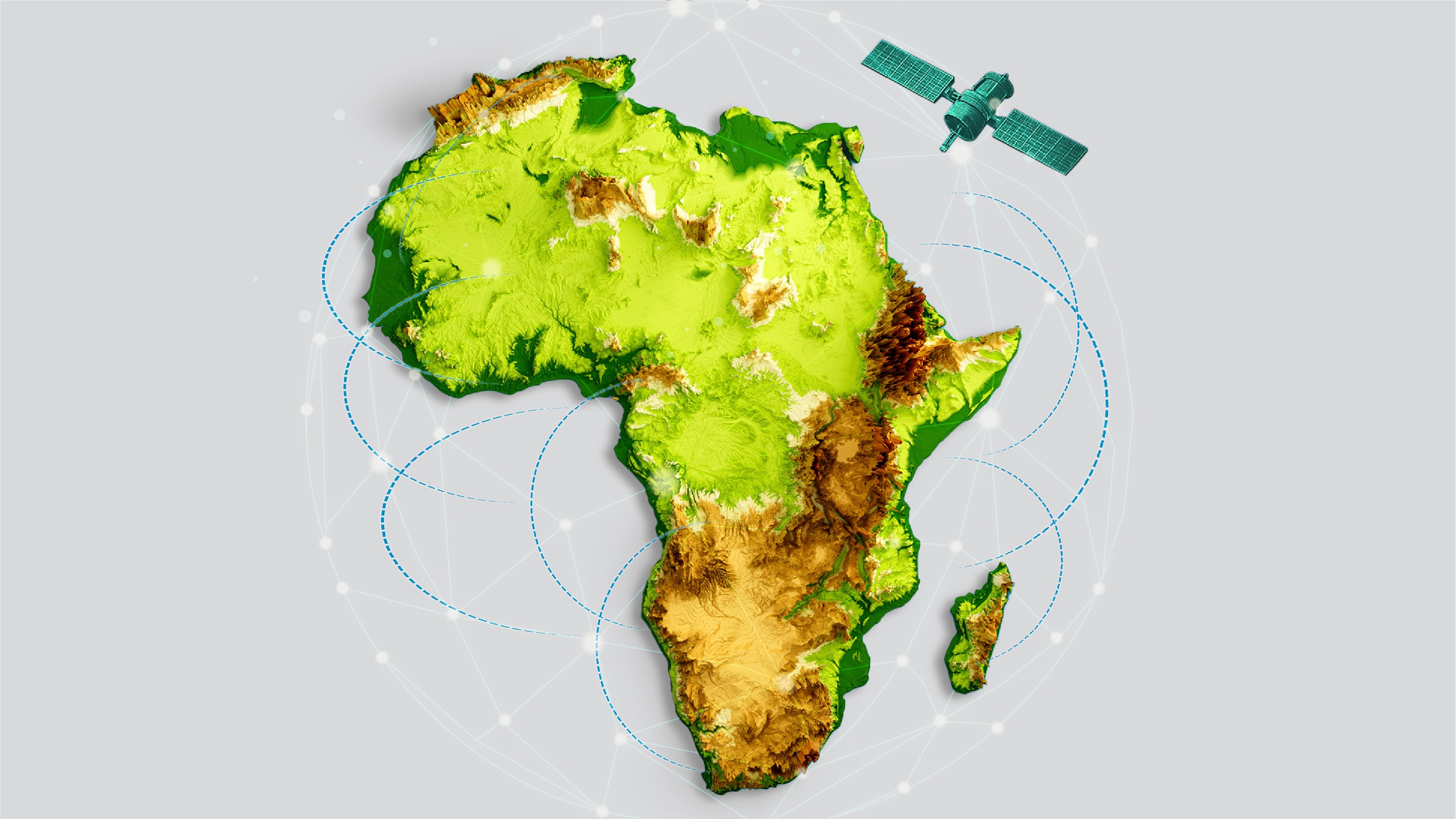
Africa’s Present Connectivity Situation
In March and May of 2024 alone, over 10 countries in West and East Africa experienced widespread internet disruptions due to multiple subsea cable failures. That’s not a one-off incident—it’s a growing pattern.
Even more concerning? Africa has the fastest-growing data consumption region in the world, with a 52% compound annual growth rate (CAGR) in international bandwidth demand between 2017 and 2021. However, more than 600 million Africans do not now have access to the internet.
Why is this? Infrastructure is still lagging behind rising demand, which leads to a perfect storm of digital opportunity and vulnerability. Businesses across the continent face a critical juncture: they must develop robust connection plans or risk falling behind in a world that is becoming more real-time.
Legacy infrastructure is being pushed to its limit by the continent’s rapid expansion in digital payments, remote work, video streaming, and cloud use. Latency, data risk, and lost customer expectations are the business losses resulting from every second of downtime, fiber outage, and clogged subsea routes.
This blog explores the real-world connectivity challenges that global enterprises expanding to and within Africa face in 2025 and what organizations must do now to ensure they’re not caught off guard again, slowing down their expansions.
Smooth connectivity is essential for cloud adoption, regional expansion, company continuity, and customer experience. Strong terrestrial, subsea cable and satellite networks are essential for global businesses, whether handling cross-border activities or providing digital services.
However, despite advancements, the continent still faces infrastructure constraints that jeopardize its aspirations for digitalization.
Infrastructure Gaps in Africa
Africa’s digital narrative is one of contrasts, with areas of swift advancement set against a background of ongoing infrastructure deficiencies. As of 2024, just 43% of Africans had internet access, which is much less than the worldwide average of around 70%. While rural and semi-urban areas continue to be underserved, urban areas are rapidly advancing.
The volume of data is increasing. Africa’s bandwidth consumption increased at a compound annual rate of 52% between 2017 and 2021, surpassing the growth of all other regions worldwide. Cloud apps, e-commerce, remote work, and video streaming have increased demand for high-capacity, low-latency networks.
Yet, the reality on ground is stark:
- Subsea cable cuts like the May 2024 SEACOM and EASSy outages continue to impact East African nations.
- Legacy terrestrial networks are aging and poorly distributed.
- Satellite connectivity, though improving, is still constrained by cost and coverage disparities.
The main issues businesses face are lengthy rollout schedules for last-mile provisioning and leased lines.
- Terrestrial Connectivity Challenges:
- Sparse fiber deployment in remote areas.
- High costs are due to a lack of shared infrastructure and low competition.
- Long rollout timelines for leased lines and last-mile provisioning.
- Subsea Cable Vulnerabilities:
- Frequent outages (e.g., Cote d’Ivoire in March 2024, SEACOM/EASSy in May 2024) cause major service disruptions.
- Over-reliance on limited cable routes with minimal redundancy.
- High latency in landlocked countries reliant on indirect routes.
- Satellite Connectivity Gaps:
- Satellite services are often seen as a “last resort,” not a primary solution.
- Coverage limitations in low-demand zones.
- Delays in content refresh due to dependency on core internet hubs.
What Can Businesses Do to Overcome These Challenges?
Despite the complexity of the issue, the remedies need to be smart and multi-layered.
- Invest in Redundancy for Every Kind of Connectivity. For load balancing and failover, businesses should create network topologies that integrate the terrestrial, subsea, and satellite layers.
- Use Architectures Optimized for the Cloud. Reliance on local constraints is reduced by shifting workloads to globally dispersed cloud zones.
- 3. Give Route Diversity Top Priority in Procurement. Select service providers with diversified cable paths that bypass congested and politically sensitive areas, such as using 2Africa that was recently landed in India. 2Africa (East) and Equiano (West) complement each other to provide seamless coverage. This allows direct connectivity to key global markets and data center locations in Lisbon, London and Marseille.
- Use tools for traffic engineering and real-time network monitoring. The impact of downtime can be considerably decreased with visibility and proactive fault resolution.
- Think of satellites as a tactical fallback. Particularly in mission-critical operations or remote project locations where terrestrial fiber is not feasible, satellites can be an invaluable redundancy layer. It is important to select providers that have strong domestic partnerships with satellite operators, allowing them to provide the best beam for your location and budget, as well as a provider who can guarantee uptime and transparent MIR and CIRs, ensuring stable performance even in peak congestion.
Future-Proofing Expansion to Emerging Markets Starts with Strategically Planned Networks
Africa’s connectivity problem is a business necessity rather than only a technical one. Businesses run the danger of halting their digital transformation, losing the trust of their customers, and slipping behind in the global competitiveness rankings if they do not have a robust, multi-path infrastructure to support their expansions.
Nevertheless, momentum exists. New cable systems are being introduced, infrastructure investments are increasing, and hybrid network approaches are becoming more popular.
To prosper in Africa’s rapidly digitizing economy, businesses need to shift from reactive to proactive infrastructure initiatives.
Looking to future-proof your business expansion to Africa? The answer lies in diversified, and resilient connectivity. By adopting smarter, diversified infrastructure strategies that combine terrestrial fiber, subsea cable redundancy, and satellite backup, they can build the kind of network architecture that supports growth—across regions, industries, and digital ecosystems.
The future belongs to global enterprises that treat connectivity not as a utility, but as a strategic asset.
Source: Internet Society, 2024 East Africa Submarine Cable Outage Report, TeleGeography – State of the Network Report 2023.
 Share
Share


